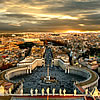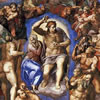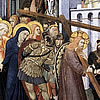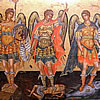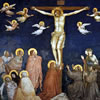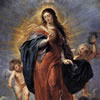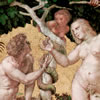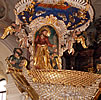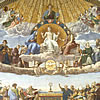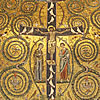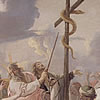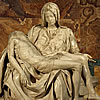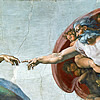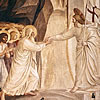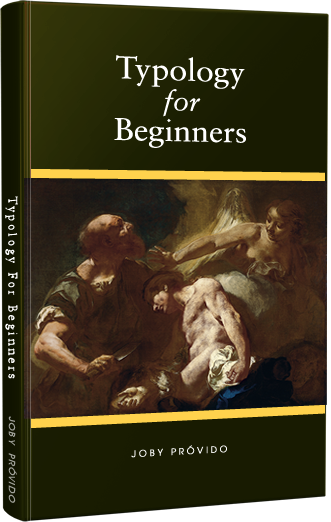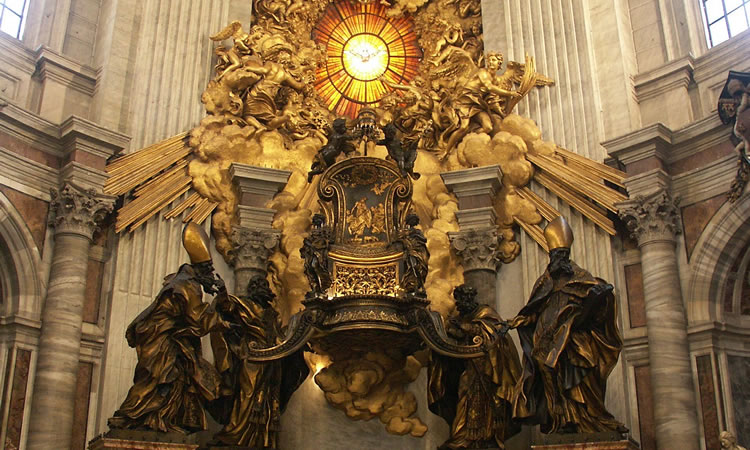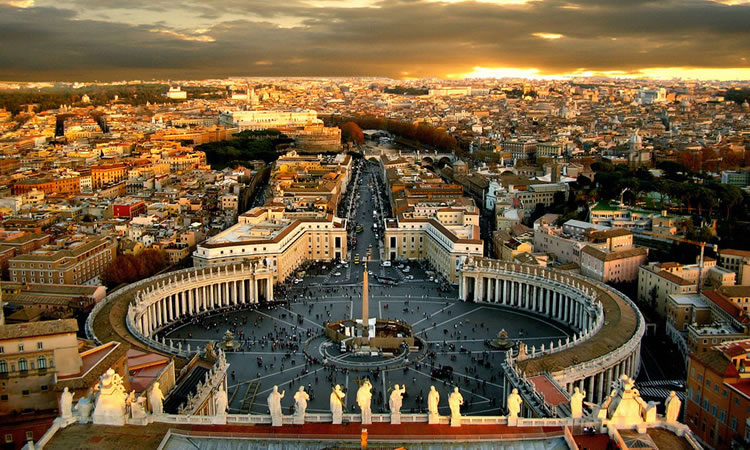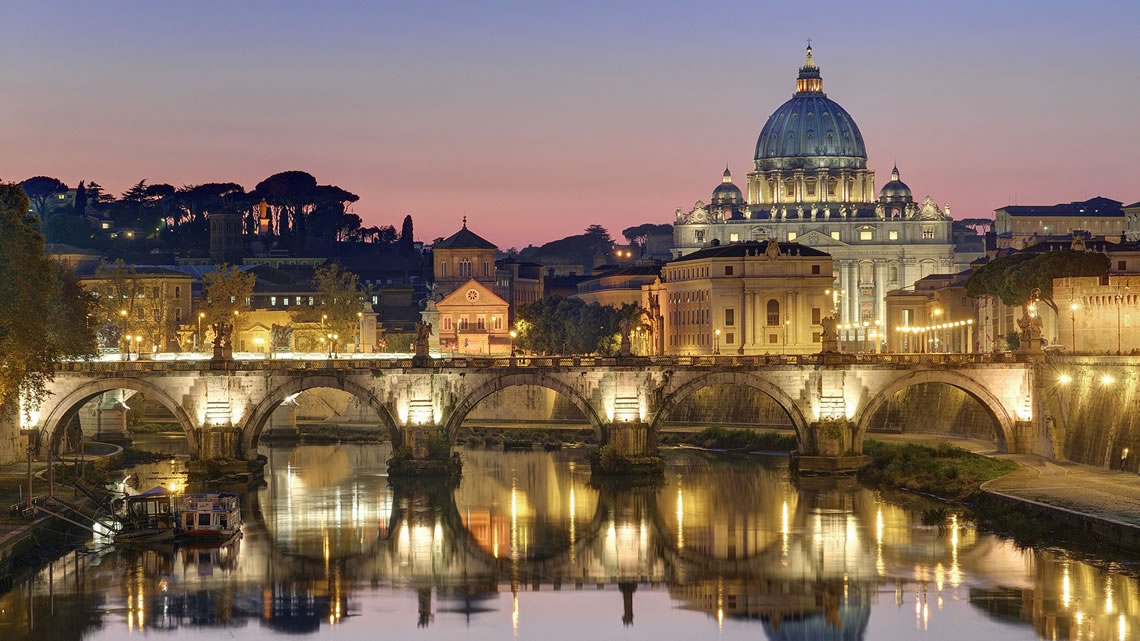

St. Peter's Basilica
Reverence for relics is one custom Catholics are known for. The location of St. Peter’s Basilica is a testimony to this because its main altar is located on top of Saint Peter’s tomb.
Before Vatican City became what it is today, its base was a potter’s field – a cemetery. Rome is made up of seven hills. The Palatine Hill was known for the opulent residence of the Caesars (from where we get the words palatial, and palace), while Vatican hill was known for what is known as the Circus of Nero. Think of it as a small coliseum where the first state-sponsored martyrdom of Christians were executed. It is also known as the Circus of Caligula who started building it and from whose name alone we can get an idea of its notoriety. This is where it is said St. Peter met his death when they crucified him, and upside-down at his request. The martyred Christians were buried at the base of the hill which was nearby. It is said that St. Peter was buried there as well. It made sense to bury them there because of its proximity.
Because St. Peter was a leading figure of Christianity, other Christians wanted to be buried close to him. A shrine eventually developed as more and more Christians buried themselves in the area. It eventually became a Christian necropolis.
In the reign of Emperor Constantinople between 306 and 337 AD, the original Basilica was planned, but it was not to be built just anywhere. The main altar had to be on top of St. Peter’s grave. So they ascertained the tomb of St. Peter and built the main altar of the First Saint Peter’s Basilica on top of it. It was a massive effort because builders had to move tons of earth to support the basilica – after all it was on the slope of a hill. When we think about it, the location of the Basilica was important because they wouldn’t spend so much time and manpower moving earth if the Basilica could have been built anywhere.
A nice video explains the stages of St. Peter’s Tomb:
More information can be read at:http://www.culturaltravelguide.com/real-tomb-saint-peter-under-saint-peters-basilica
On April 18, 1506, during the pontificate of Alexander VII, a new Basilica was built over the old one, still conserving the location of the main altar. In fact when Bernini was laying the foundations of the twisted columns (the “Confessio”) on the main altar, they discovered a necropolis. Further excavations were made and they found the tomb of St. Peter marked by a red wall, and Greek words that partially say; “Peter is here.” Margherita Guarducci studied the archeological excavation and makes the claim that the tomb indeed contains the remains of St. Peter. More information at: http://sspx.org/en/content/2788
If you visit the Basilica today you can see how close the tomb of Saint Peter is to the Circus of Nero because the only thing preserved of the Circus is the obelisk that stands in the center of St. Peter’s Square. You will hear tour-guides mention that the obelisk might be one of the last things St. Peter saw before he died.
So what is it with relics and building altars above it? First-class relics are the remains of saints. We build altars above them to venerate them – to give them special importance. Catholics believe that at the end of the world, our bodies will resurrect to reunite with our souls so that we can be judged at the Last Judgment. Because we committed acts of good or evil with our body and soul, so too must we be judged with both body and soul together. Likewise, those who will go to heaven will go to heaven with both body and soul.
When the Church declares someone a saint, it means the person is with God in Heaven. The Last Judgment at the end of time is not a second chance for God to reconsider our standing with him: it does not change the particular judgment made at the moment of our death. Instead, the Last Judgment will be done to show everyone the Jesus is Lord and judge of all – that all may know what each of us has done and how it has affected others.
So when someone is canonized a Saint, we are sure that the remains of that person will eventually end up in heaven. That is why we venerate the remains of saints – because one day that body (or body part) will be with God, and whilst thinking of its eternal destiny, we contemplate that one day our bodies, too, can join God in heaven. Relics, like the remains of St. Peter, remind us that we have an eternal destiny after we have lived out this one.



